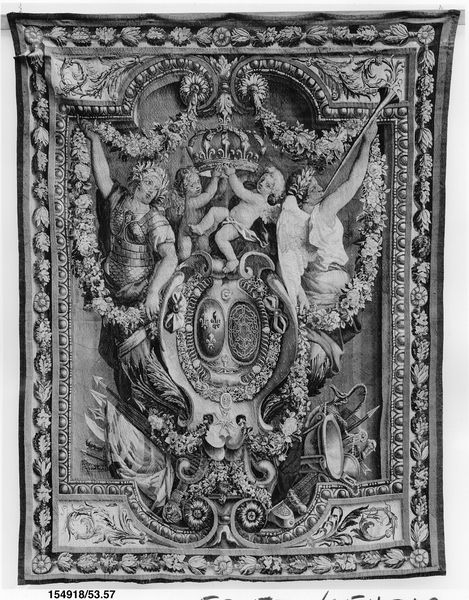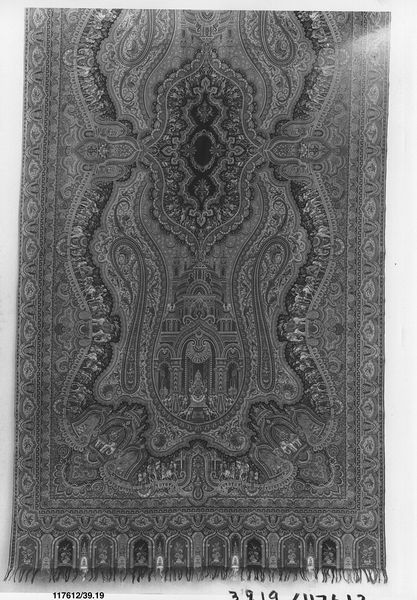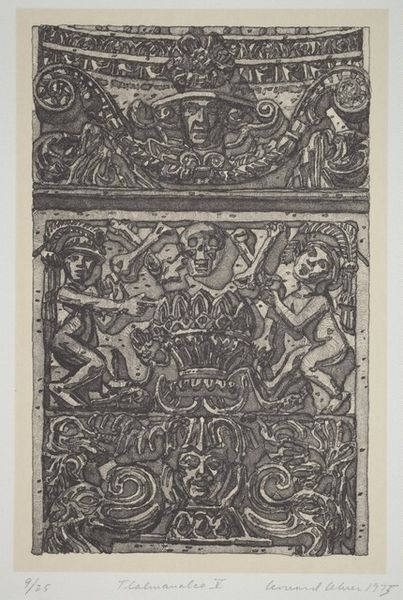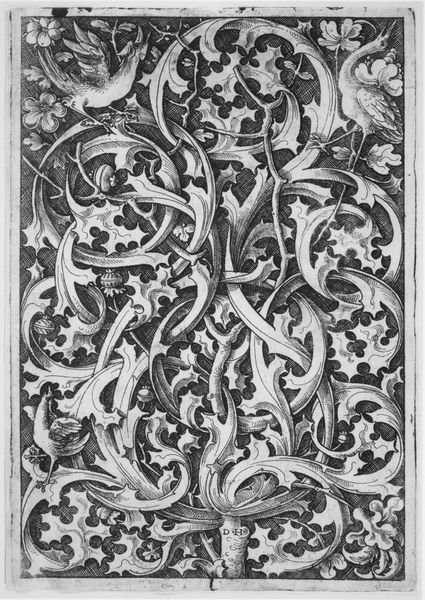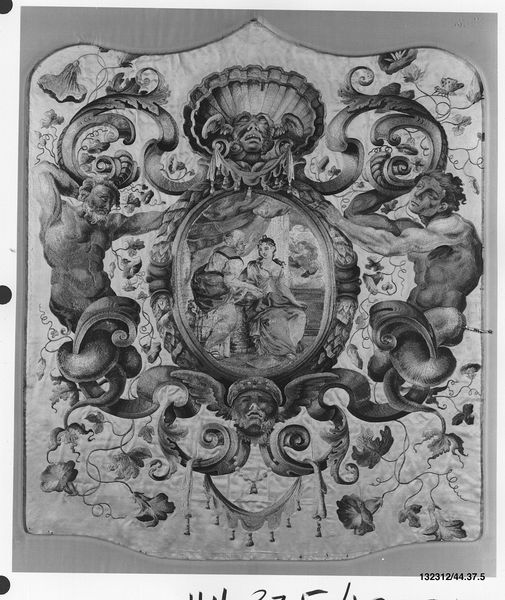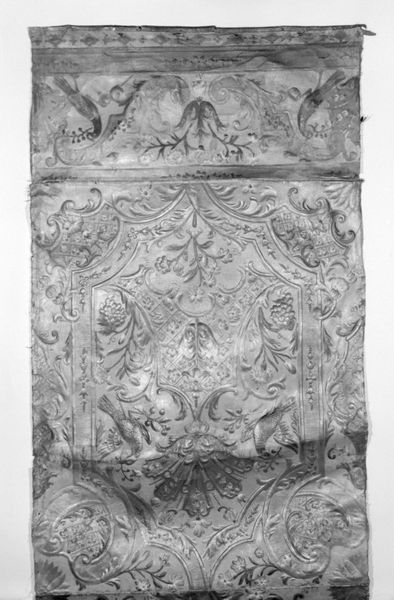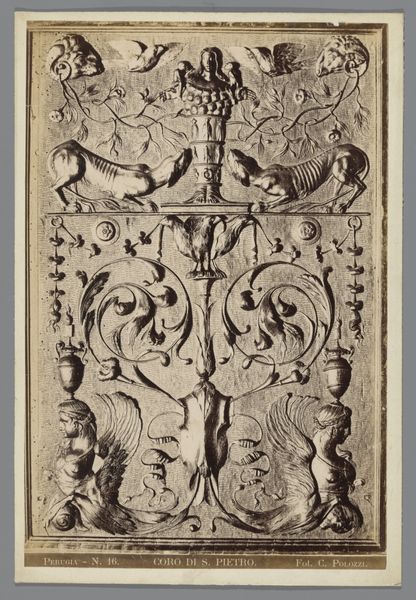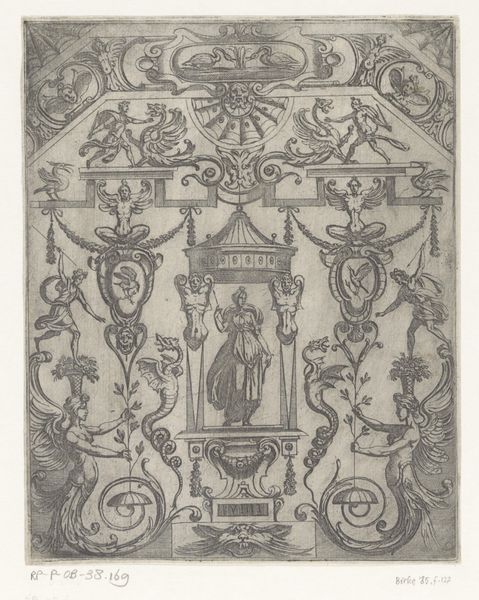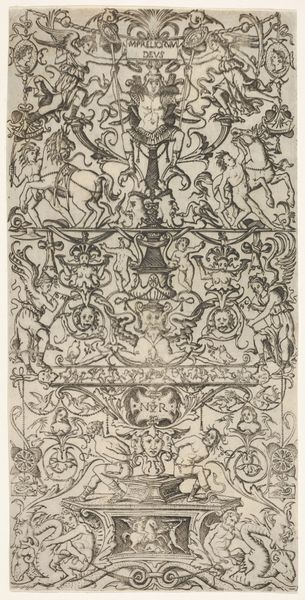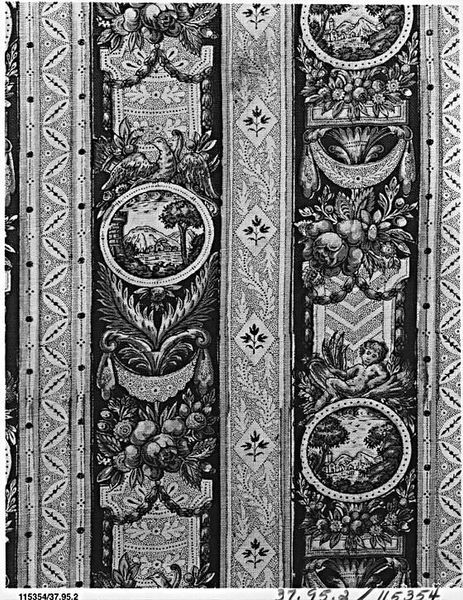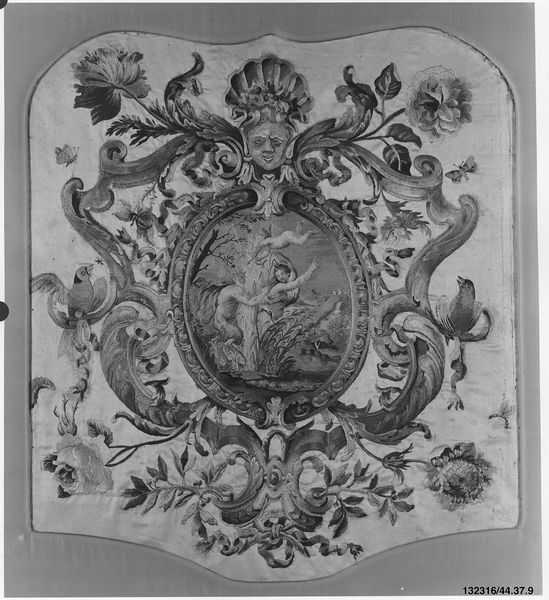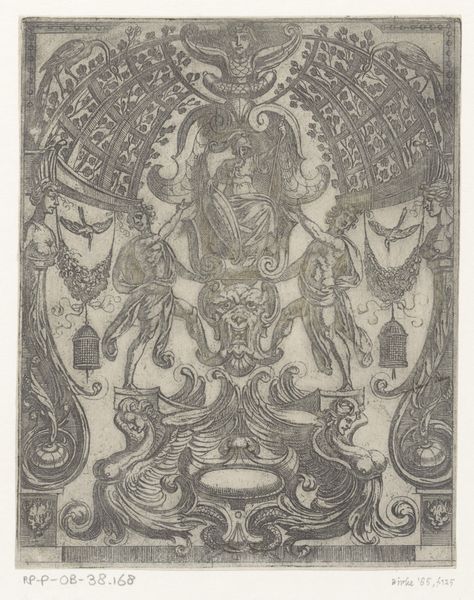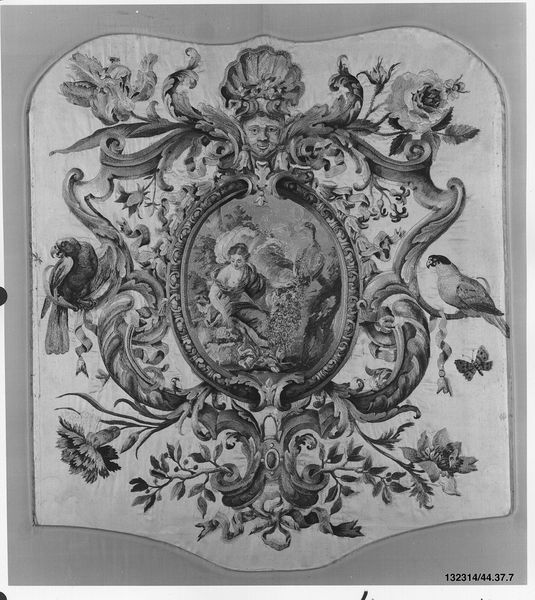
drawing, graphic-art, ornament, print, engraving
#
drawing
#
graphic-art
#
ornament
# print
#
figuration
#
11_renaissance
#
line
#
northern-renaissance
#
engraving
Copyright: Public Domain
Editor: So, this is Peter Flötner's "Ornament Print Panel," dating sometime between 1500 and 1546. It's an engraving, which feels a bit unusual for what I’d typically think of as ornament. The sheer density of detail is really striking! What can you tell me about this piece, particularly concerning its process and creation? Curator: This work epitomizes the skilled labor involved in printmaking during the Renaissance. Consider the socio-economic factors: prints like these weren't just art objects; they were commodities. Flötner's expertise would be highly sought after, creating reproducible designs for consumption. We need to analyze this piece beyond aesthetics, focusing on its function within the burgeoning print market and its dependence on the engraver's meticulous work. Do you notice how the linear nature enables reproduction? Editor: Definitely! It's interesting to think about the “ornament” itself being something that could be easily disseminated. How did Flötner’s status and workshop influence his creations and how his works were perceived? Curator: Exactly! The existence of workshops was fundamental to artistic production. An engraver might be both an artist and a craftsman. Examining Flötner’s status sheds light on labor dynamics, questioning if he was just providing decorative schemes or creating pieces of ‘high’ art? The line between these blurred as prints democratized art consumption and challenged artistic exclusivity. Editor: This completely shifted my perspective on this “Ornament Print Panel”. It isn’t just decoration. It really embodies how art and labor intertwined in the Renaissance. Curator: Agreed! Looking beyond the surface and thinking about process unveils the social complexities embedded in artworks, even those that appear purely ornamental.
Comments
No comments
Be the first to comment and join the conversation on the ultimate creative platform.
